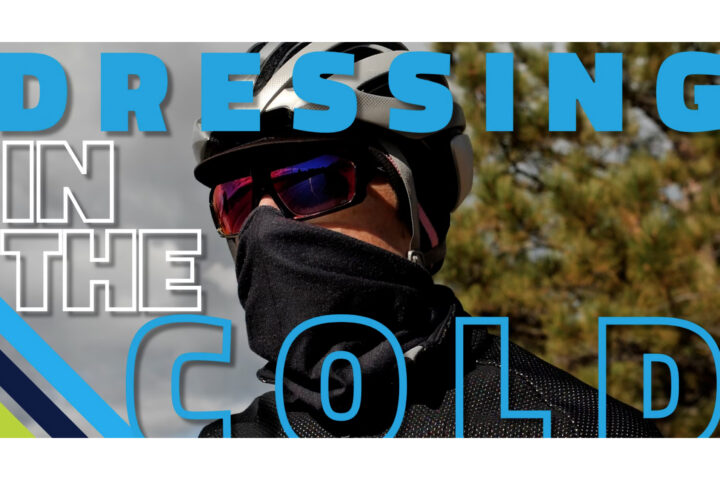
How to Dress for Cold-Weather Cycling
Our Canadian CEO and cycling coach Trevor Connor offers his hard-won tips for how to dress for cold-weather cycling warmth and comfort.

Our Canadian CEO and cycling coach Trevor Connor offers his hard-won tips for how to dress for cold-weather cycling warmth and comfort.
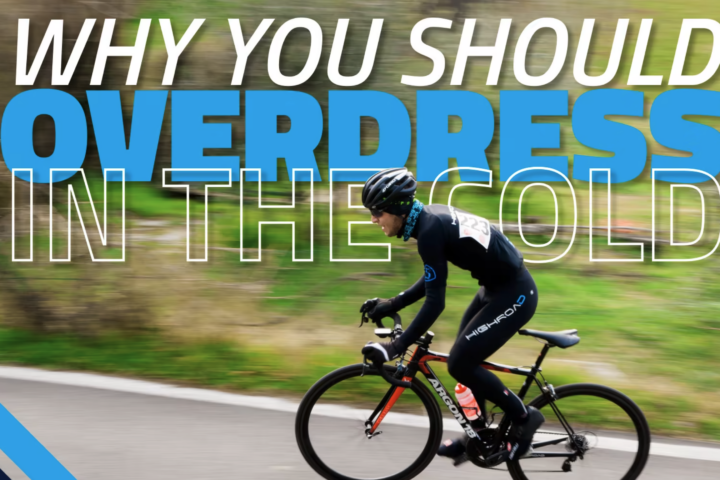
Coach Connor offers his explanation for why you should overdress, rather than underdress, during cold-weather rides.
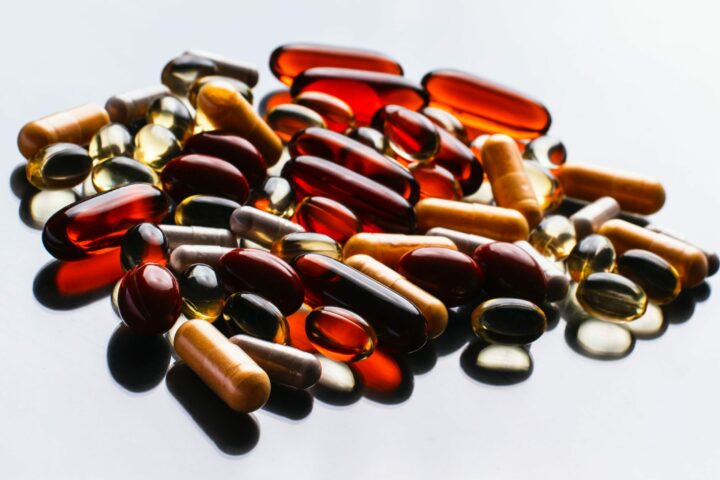
We’re joined by one of the world’s preeminent nutrition researchers to dive into the history, changing perception, and efficacy of supplements.
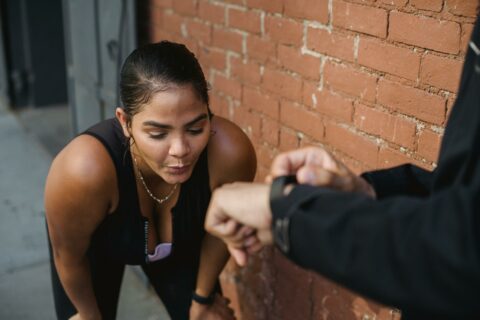
World champion athlete and coach Melanie McQuaid details the numerous factors that impact how much recovery an athlete needs after long endurance events.

We gathered some of our favorite nutrition-themed questions on the psychology of food, the advantages of running before or after a big meal, winter weight fluctuations, and more.
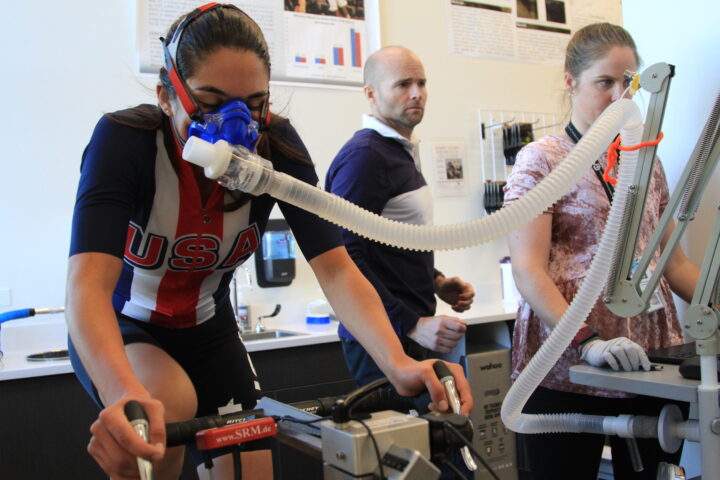
While VO2max is well studied, VLamax is a relatively new concept. Understanding the relationship between the two measures will help you better define your training.
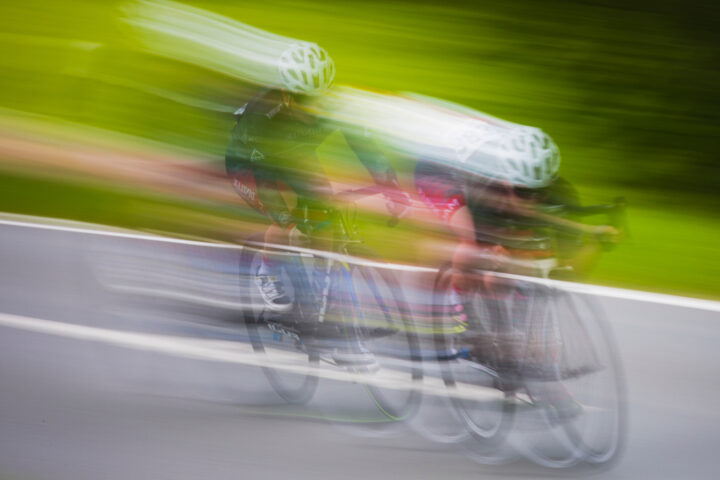
Knowing how a race or workout feels—aka RPE—is an extremely important sense for endurance athletes. With the help of top cycling coaches, athletes, and researchers, we explore why RPE may be more important than power, heart rate, and other metrics.
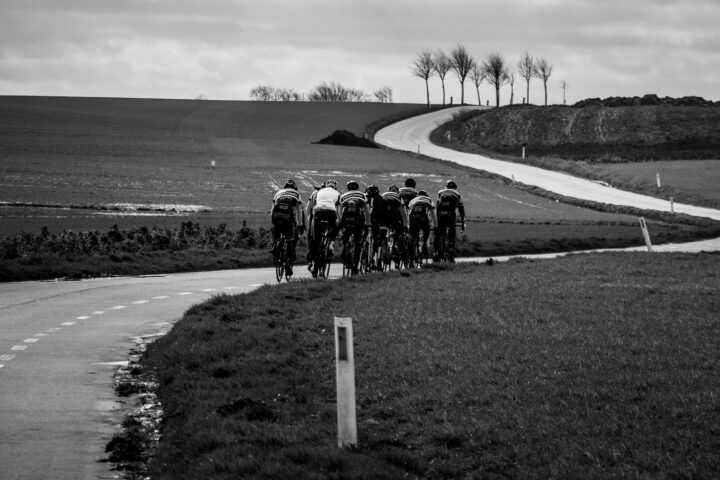
It’s hard to find time to fit in the long, slow miles that traditionally comprise the base season. Coach Trevor Connor offers suggestions for improving life-training balance, understanding quality versus quantity, and more.
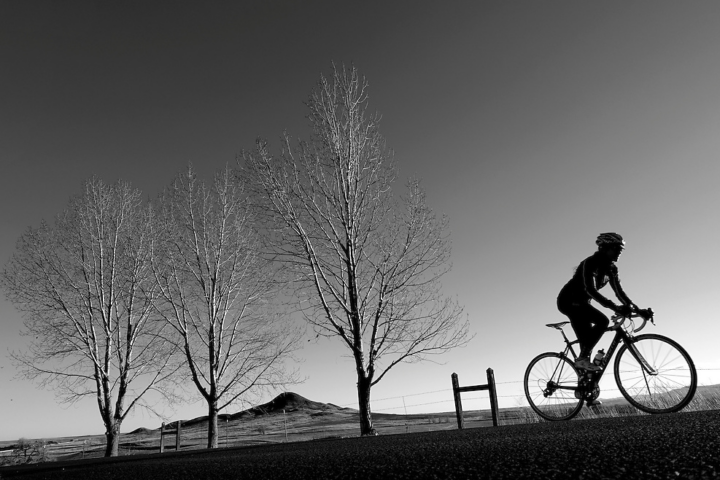
The concept of base training has been a part of endurance training for decades. Laying a foundation of fitness early in the season sets the stage for success later on. With the help of Joe Friel, Dr. Stephen Seiler, and Dr. Andy Pruitt, we explore the how and why of this fundamental aspect of endurance training.
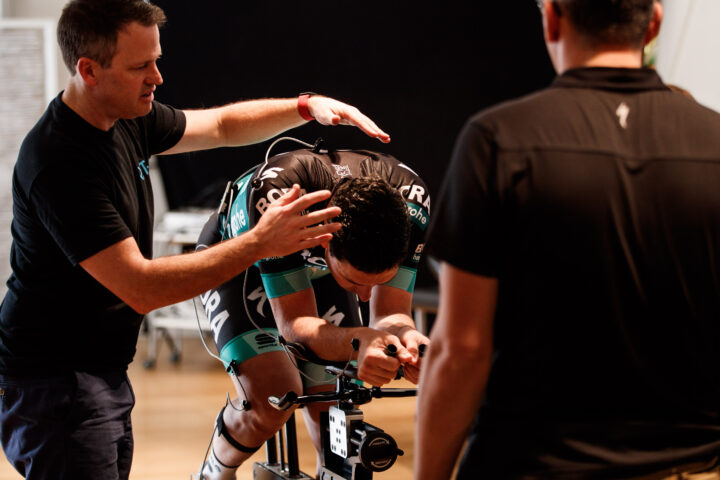
Three great minds of bike fit share their bike fitting methods, the role of technology, and other practical considerations.
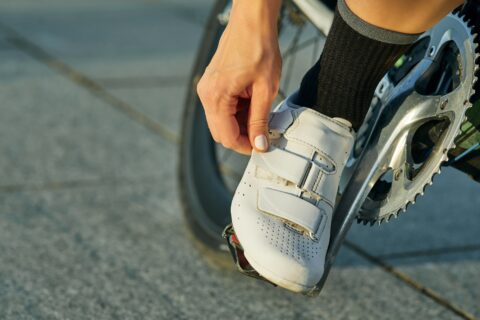
Dr. Andy Pruitt explores common sources and potential treatments for relieving pain under the ball of the foot.
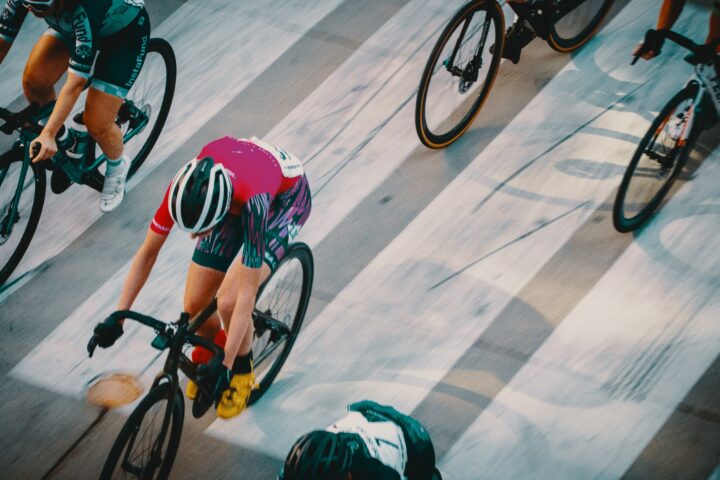
Physiologist Rob Pickels nerds out with Coach Trevor Connor for a deep dive into new scientific research.
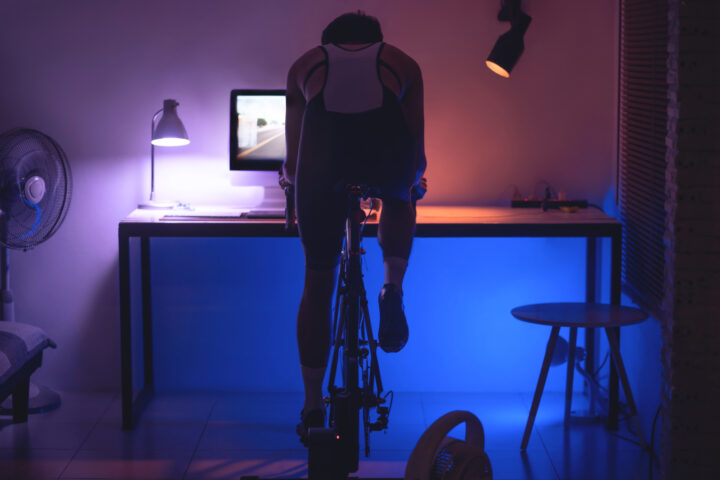
Chris Case explains why indoor cycling differs from outdoor riding, then offers tips to help you get the most out of your indoor sessions.
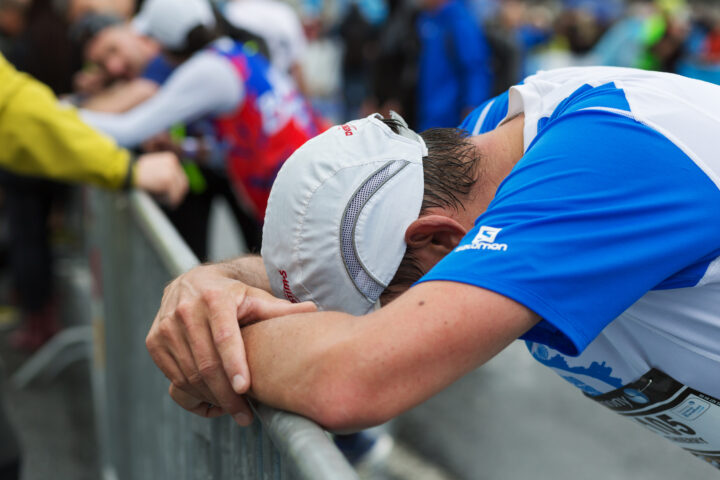
Hard to define and often difficult to recognize, burnout is not only a mental struggle, it can also have physical symptoms. We explore the causes and consequences of burnout, and ways to keep the flame alive.
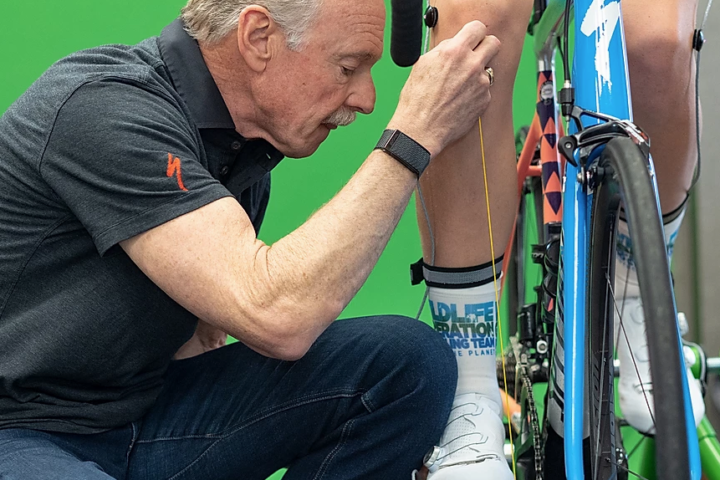
With the help of three of the great minds in bike fit, we discuss bike fit philosophy and how science plays in role in shaping that mindset.
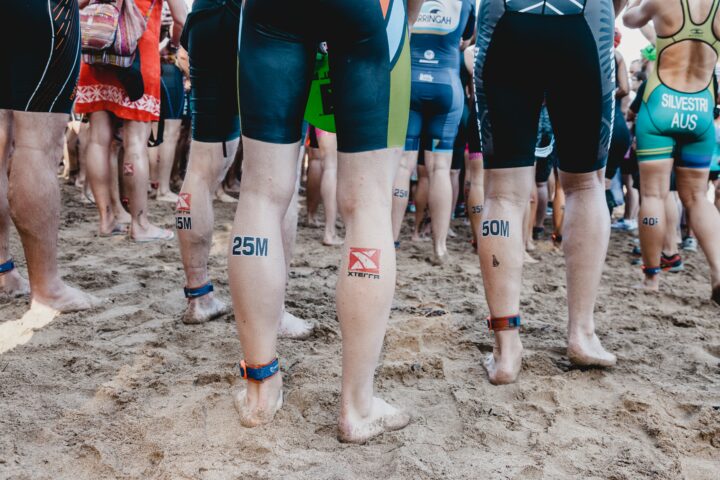
If you’re new to triathlon, equal training among the three sports may be all you need. But for advanced athletes, a more sophisticated approach involves unequal distribution between the disciplines.

Coach and pro cyclist Rab Wardell helps us answer questions on adding bouts of intensity into your LSD rides, how to find a coach at your level, and how much a coach should serve as teacher.
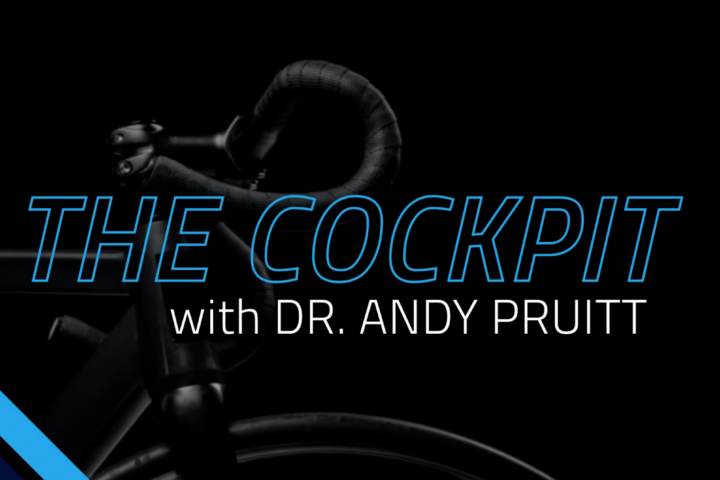
Our Director of Sports Medicine, Dr. Andy Pruitt, addresses how and why the cockpit is such a critical component to bike fit.